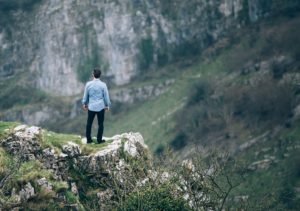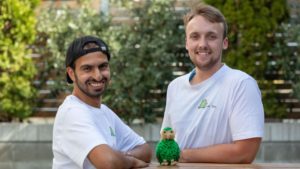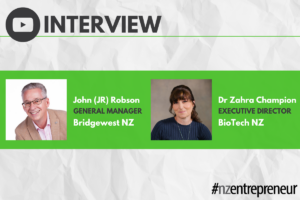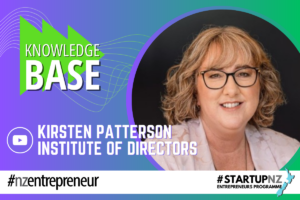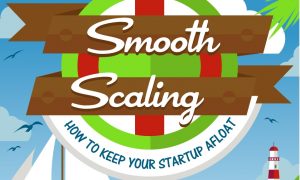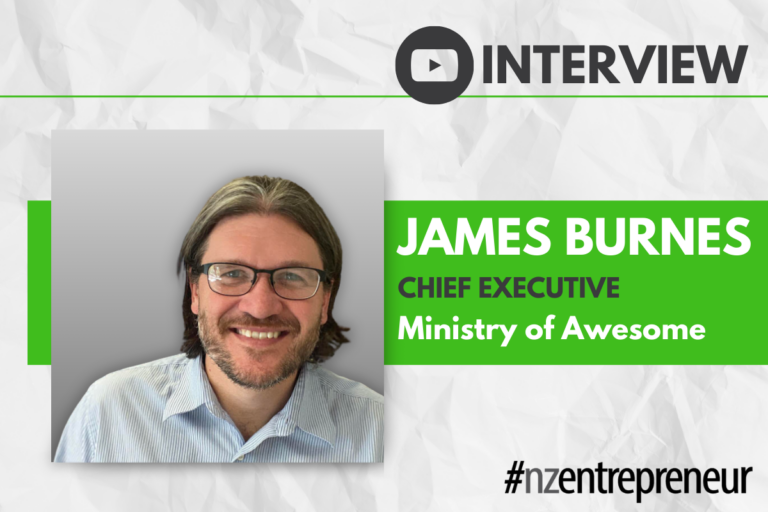Dr Hong Sheng Chiong, oDocs – A lesson in entrepreneurial vision
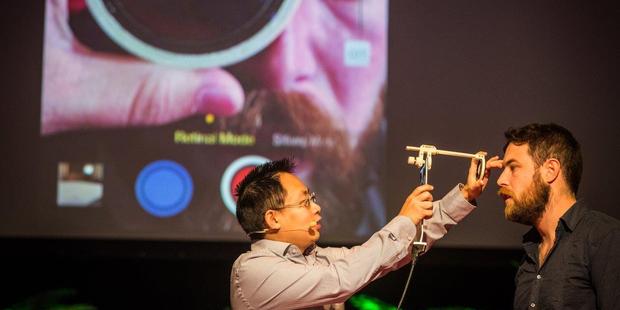
Dr Hong Sheng Chiong is a Dunedin based eye doctor on a mission to eliminate preventable blindness.
To do this he founded oDocs a social enterprise start-up helping optometrists identify eye damage and restore eyesight to the blind with smartphones.
oDocs builds physical iPhone attachments to help optometrists perform eye exams with smartphones, putting tens of thousands of dollar’s worth of equipment in their pockets for just a few hundred dollars.
In August, oDocs was awarded ‘Best Start Up – Social Impact’ at the prestigious global Talent Unleashed Awards in Sydney, as judged by a panel including Sir Richard Branson and Apple co-founder Steve Wozniak.
The oDocs story so far is an inspiring lesson in what happens when a founder’s vision collides with collaborators’ know-how to create a winning formula.
In the case of oDocs, this happened when a group of makers based in Auckland’s K’Rd Biz Dojo, including now CEO Hanna Eastvold-Edwins, were challenged to make a prototype for Dr Hong’s personal use.
We asked Dr Hong to elaborate on the journey so far and some of the lessons he and the team have learnt along the way.
NZE: Dr Hong what’s the story behind oDocs, how did you come to start it and why?
The whole idea behind using smartphone as a diagnostic tool for eye started with a single research question. “Can we convert a smartphone into a retinal camera?” Within 3 months of research and development, we had managed to come up with a functional prototype smartphone-based retinal camera.
My clinical experience in various developing countries such as Kenya and Nepal is what motivated me to ask those research questions. I was looking for a cheap and accessible solution to bridge the gap for eye care in the primary sector. Access to tertiary eye care is limited even in a developed nation like New Zealand. Working as a junior eye doctor, it is far too often we see patients being mistreated for their eye conditions at the community level. I believe having such tools would help primary care providers (GP’s) to deliver better eye care. A picture of the eye is always better than a thousand words.
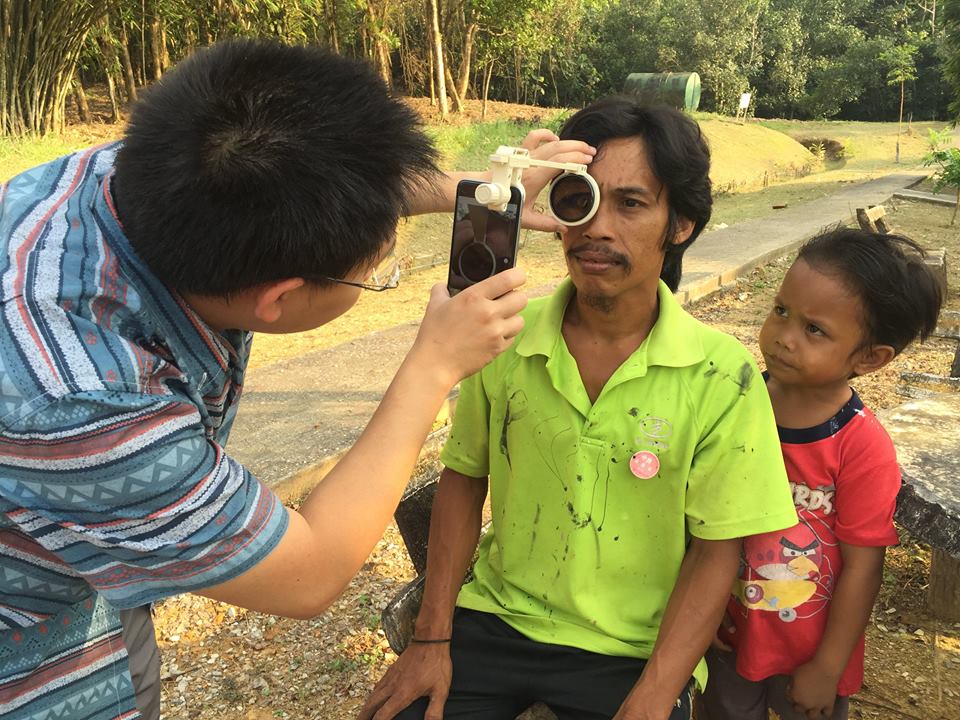
NZE: You’ve managed to pack tens of thousands of dollars worth of eye examination technology into your iPhone attachments, the oDocs visoClip and oDocs visoScope, which sell for under $US300 each. What made you believe such a feat was possible?
Firstly, I don’t believe conventional medical equipment should cost that much. There is a huge mark up in prices by the time equipment gets certified and gets to the market. After discounting the mark ups, all you have to do is to dismantle the equipment and rebuild it using only the most essential components.
We then realised the cost was actually 100 times cheaper than conventional equipment. Assuming the clinicians have their own smartphone that comes with a flash and camera, the cost of the entire eye clinic is less than $US 600.
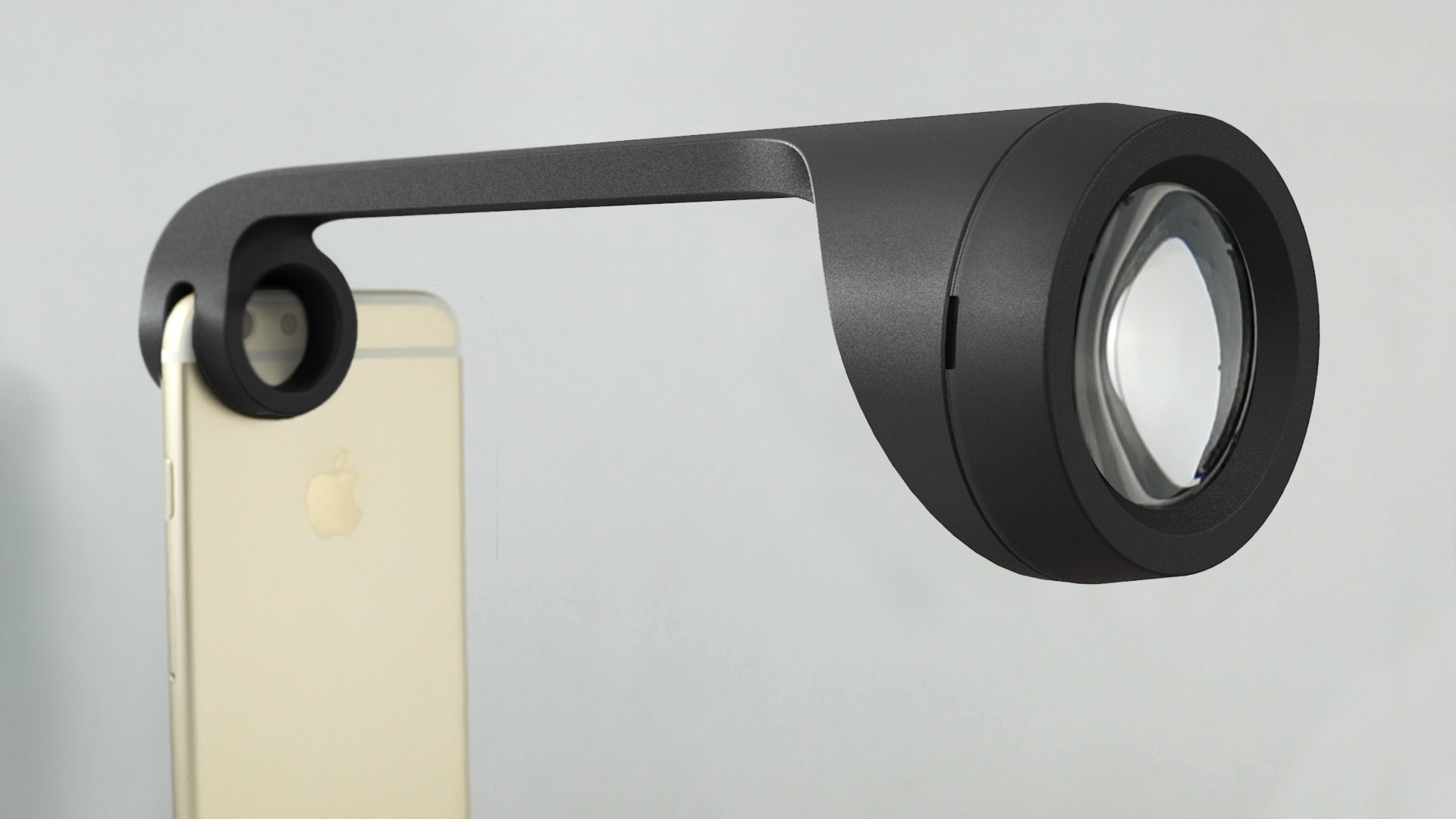
NZE: You met Hanna Eastvold-Edwins (oDocs CEO) and some of your other founding team members through the Biz Dojo in Auckland. Can you describe briefly how your vision became a design and then prototype, through this collaboration?
I first had the idea. But it was just an idea. The idea was the easy part. Executing and making an idea into reality is the hardest part. I know I lack the skills to build functional prototypes. In 2014, I started looking for individuals and companies who were capable of computer-aided design and rapid prototyping. I first met Daniel Dillen, an industrial designer and 3D printing expert based in Biz Dojo. He was the one who introduced me to Hanna.
Our collaboration led to several other major events such as the TEDx talk in Auckland and the release of the open-source files for the first generation of retinal camera known as oDocs Fundus. Our designs were downloaded over 3000 times in less than 3 months. We knew we were on to something big. That is when we started gathering new founding members and registered the company oDocs Eye Care limited.
NZE: You started oDocs in 2014 and are only now raising some seed capital. Who or how has oDocs been funded to date? Surely there have been some significant development costs involved so far?
The initial rounds of funding came from the co-founders of oDocs. We have also received a $NZ 20,000 grant from the Blind Foundation who is a huge fan and supporter of our work. We have also received smaller grants and contribution from Google New Zealand and Callaghan Innovation. Our very first open-source retinal camera also generated a sales worth over $NZ 20,000 in less than 3 months. We had to take down our online store for that version because we just couldn’t cope with the demand.
In the past, we had to 3D print and hand-assemble these adapters individually. Very quickly, we realised it is not sustainable to do so, that is the reason why we have moved to a high-quality commercial grade equipment which can be manufactured in a large scale. To do so, we needed a larger amount of funding and that is why we are now seeking a seed capital of $NZ 500,000.00 to $NZ 750,000.00.
NZE: For you personally, what’s been the biggest challenge you’ve faced in building the business so far?
The biggest challenge I’ve faced so far is getting the balance of my public service as an acute eye doctor (Dunedin hospital) versus my commitment in oDocs. Building a startup is never easy. It is like having a new baby that needs attention 24/7. However, by the end of this year, I will be reducing my clinical hours to focus on oDocs. I have accepted the fact that building a start-up, you will never have a work-life balance at the initial stage.
NZE: In August oDocs was awarded “Best Start Up – Social Impact” at the prestigious Talent Unleashed Awards in Sydney, as judged by a panel including Sir Richard Branson and Apple co-founder Steve Wozniak. Congratulations on such a great achievement. What was it like pitching to Steve Wozniak and do you have any advice for others when pitching/presenting their business?
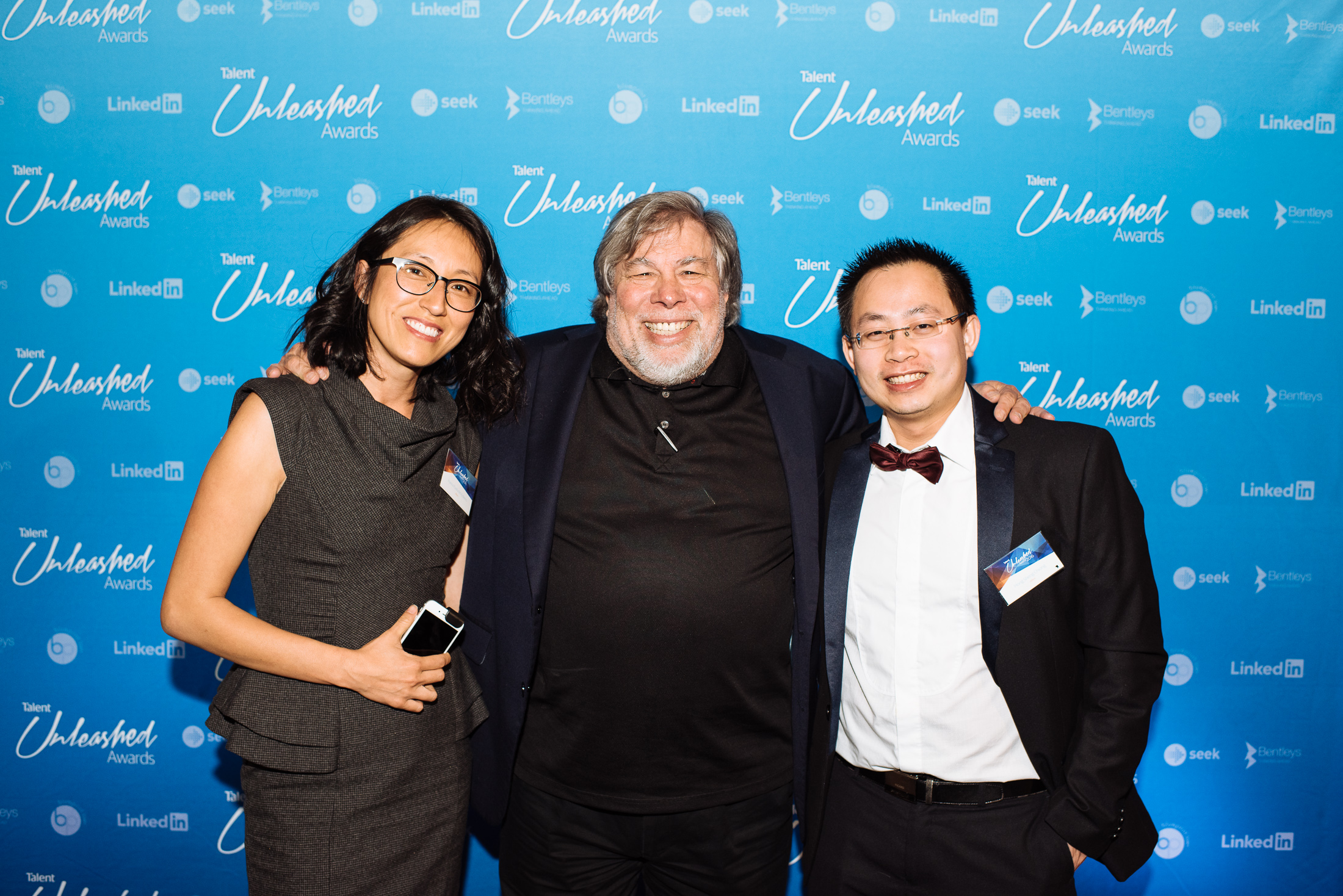
Pitching an idea and business is never an easy task. The best pitches always come from people who practice them a lot. Express it like a story, add a personal touch, not just numbers and statistical values. We humans don’t connect because of numbers. We connect because we feel. My advice would be to catch the audience’s attention early on, deliver your most important information within the first few seconds. Set the mood and deliver your message by telling a short but powerful story.
NZE: What is your personal viewpoint on creating a social enterprise? If you’re not a profit maximising entity because your underlying goal is ultimately altruistic, yet you’re not a charity because you have to make money for investors and shareholders, what are you? What advice would you give to other founders in your shoes?
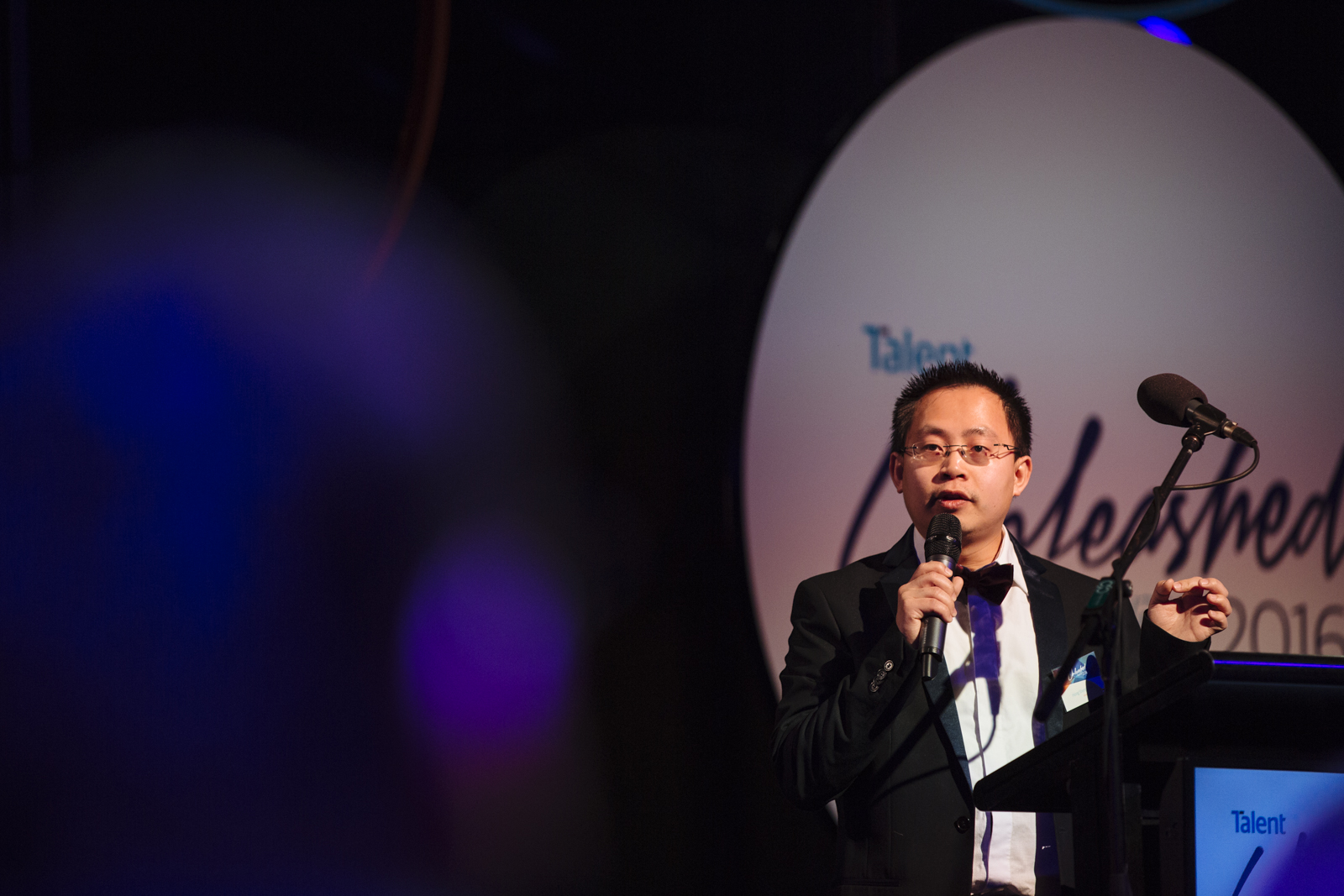
Personally I don’t believe in pure charities or companies that only focus purely on maximising profits. I believe every business exists because of an opportunity to solve a problem. You might call it a social enterprise. For me personally, it is all about building a sustainable business that solves a real problem. Mine just happened to be in eye care and saving sight is part of my daily clinical duty. People always say follow your passion and do what you love.
NZE: What advice would you give to Kiwi’s who might have passion for an idea but don’t have the knowledge, money or resource to get it off the ground?
I believe passion, hobby and interest can be created. Following your passion does not mean looking for something else or changing into a different field you thought you might have a passion for. It is about creating that mental space to go beyond routine and convention. It is a mental exercise to find a niche that you can work on. If that passion happens to turn to be a real good business opportunity, it then takes perseverance and hard work to execute it.
NZE: Between your job as an eye surgeon and building oDocs, you’ve got a lot on your plate. What do you do for fun and to blow off steam?
I have got a toddler (boy) – he is my go-to to blow off steam. We love fishing, family trip videography, culinary-style cooking and travelling.
I love tinkering too. Building something new is always exciting and fun. At the moment, I’m learning how to develop iOS apps with swift codes and xTools. Learning is fun, and I never stop learning.
NZE: What does success mean to you?
Success is a numerical term. So are “yes” or “no”. It also depends on time. I don’t think I can call my venture a success at any point. Failure at times is a great opportunity to learn and offers opportunities for success. I have had multiple failed ventures in the past, operating food and beverages businesses to fashion retail. Some of these experiences led to other successful decisions in commodity and equity investment. These experiences are invaluable and each time I fail, I learn new things.


